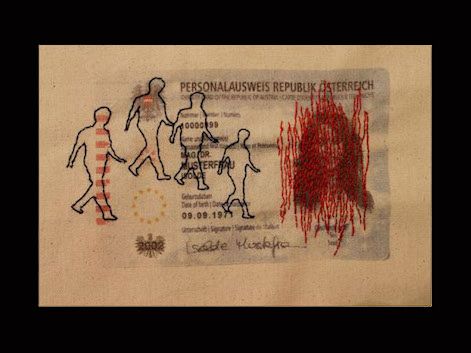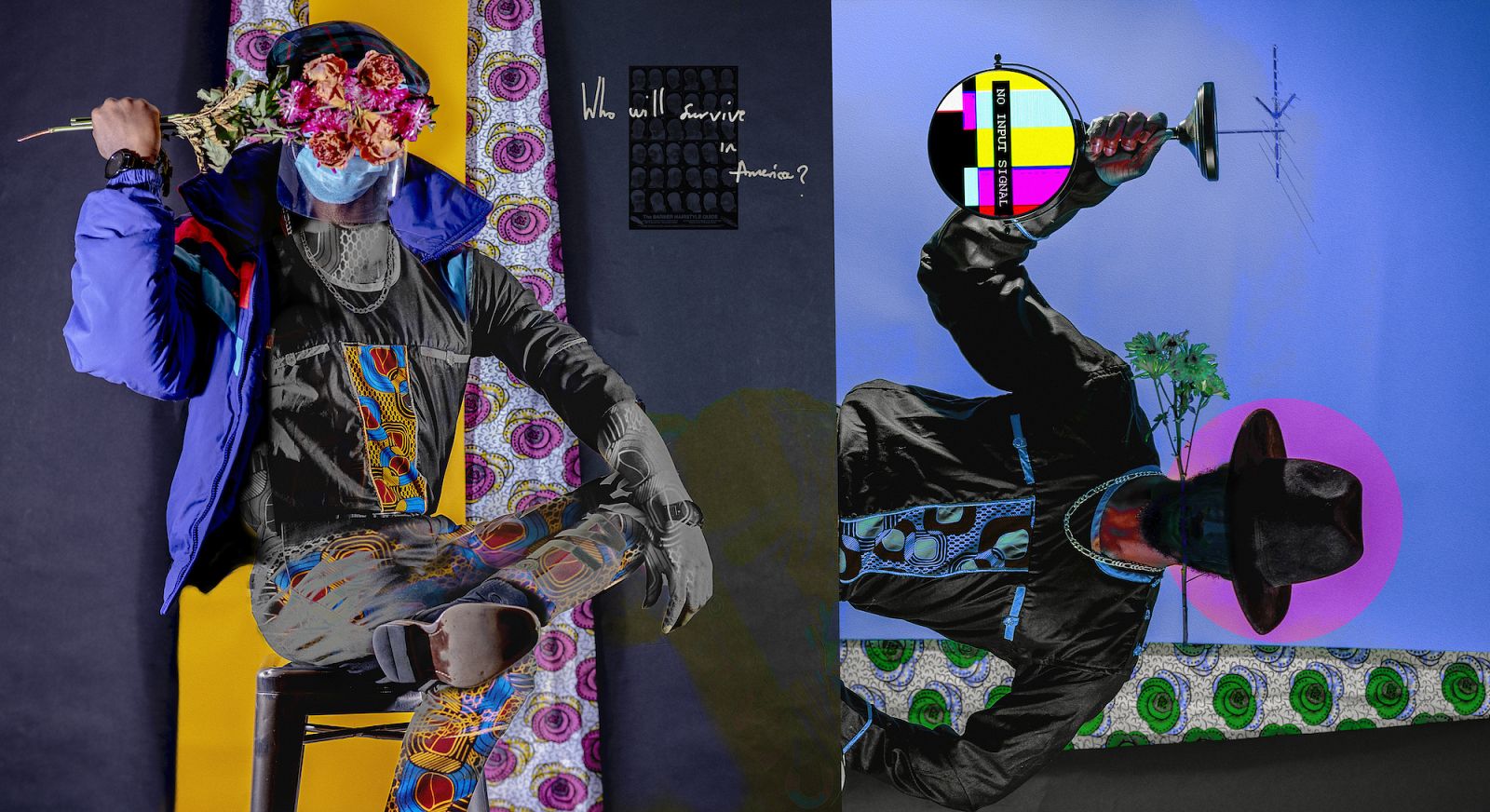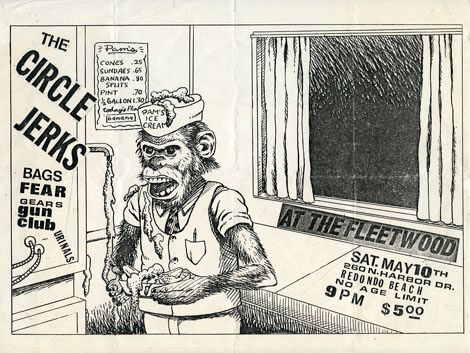Curator Pinar Üner Yilmaz developed this proposal during the 2014 Curatorial Intensive in New York.
The group exhibition Vertical Perception features a group of new generation artists with ties to the non–Western geographies. ‘Non-Western’ denotes to a broad realm including terrestrial references as well as cultural ties; therefore this exhibition limits the term to the artists who have connections to the broad geography of the non-West but who speak of a certain kind of displacement, immigration, or a voyage due to their experiences. Inadvertently, they reflect their fractured cultural, political, and social environment in their production. While producing within the ‘Western canon’, they question the very mechanisms that construct this canon and ask for alternative realities and modernities. Their work is an attempt to connect the Western history and memory to the long awaited, fragmented and altered modernities in ‘other’ parts of the world. The title comes from this different perception; against the linear, progressive evolution of Western Art and history, they provide us a vertical intersection, an interval of time and understanding history. However, their practice does not explicitly reveal itself as non-Western, yet they might function inside the Western canon. Although they tend to reveal the local stories, they cannot be confined to the boundaries of nation states. Nevertheless, they do not fall into the romantic idea of nomadism, jet set rootlessness, or deterritorialized privileged immigrant.
One of the artists planned to be included in the exhibition is Lazar Lyutakov, whose works tell the story of financial globalization and trade through ready-made installations. In his work Untitled (Feiyue), which is an installation of six martial arts shoes made in China, he illustrates a humorous story of originality and imitation. On the other hand, Natalya Dyu's video Happystan juxtaposes documentary shots of the pale depressive quality of daily life in Karaganda, Kazakhstan with the lyrics of an upbeat song that accompanies different forms of advertising throughout the city.
Narration and fiction make up a crucial part of this exhibition. This is why Canan’s Exemplary (Ibretnüma) is an essential example for the alternative modernities artists pursue in the non-West. The video animation Exemplary tells the sad story of a woman, the beautiful Fadike, who has no other choice but to obey to the traditional, moral values in a period of transition. The personal story of Fadike is not only a story about immigration and the state of women in the society, but also a story about the modernization in Turkey and how this influenced the life of women in general. Introducing miniatures into her video, Canan questions the dominant Western styles against the facile categories attributed to the non-western productions such as ‘Islamic’, ‘crafts’, ‘decorative’, ‘native’, ‘primitive’, and so on.
Similarly, with his talismanic kaftans, Eden Ünlüata pays homage to the ‘traditional’ while questioning the categorizations of arts and crafts. Juxtaposing the ‘modern’ design techniques with the costume traditions of the Ottoman sultans, Ünlüata, narrates a veiled segment of ‘Eastern’ art. Another narrative work, planned to be included in the exhibition is Işıl Eğrikavuk's Memory Museum. Eğrikavuk tells a fictional story of a museum dedicated to immigrant workers in Germany. It is blended with the immigration histories of 1960’s Germany and other countries such as Italy, Bulgaria, Romania, and Turkey, which were the main Gastarbeiter providers for German factories. On the other hand, Bani Abidi's A Table Wide Country, a set of photographs and objects taken in the home of a fictitious character, looks at make-believe worlds and human eccentricities that often serve as psychological safeguards against life and memory. She creates these fictional stories and settings to talk about the issues of immigration, home, ethnicity, and global conditions of humanity.
Elnaz Javani also deals with globalization but she takes the issue to the relationships of people from different cultures. Dealing with People is an installation consisting of 20 pieces of transfer print on fabric with hand-sewn images. Each piece, which has a different story of people whom she has interviewed, explores political aspects of immigration, based on real stories. Let’s Resist by Hale Ekinci also uses a medium, commonly related to domesticity and women. An installation of personified trees covering a wall, accompanied by hand-knit, head-sized balls hung from the ceiling and barricaded with a stone wall, attempts to document the Gezi Park protests: a country-wide opposition that occurred in the summer of 2013 in Turkey. In this installation, the personified trees covering a wall are an homage to the people who witnessed, were censored, and died to preserve the public space against privatization. A barricade protects and separates the soft, colorful, abstract bull’s-eye heads targeted by the state that has no tolerance for freedom of expression.
Another work commenting on the local issues relating to global values is Yevgeniv Fiks’s Homosexuality is Stalin's Atom Bomb to Destroy America. This project explores the historical and ideological links between anti-Communism and homophobia in the United States, as well as the intersections between Communism and sexual identity during the 20th century. The installation consists of a series of prints that highlight paranoid anti-communist and anti-gay quotations from American politicians and pundits of the era. Issues of identity and gender are present in the exhibition through the work of Ly Hoang Ly, who is known for her particularly feminist-driven performances and installations. She dwells upon the themes of spirituality, loss, and reclaiming womanhood in her works. The towering installation, Monument of Round Trays, represents the strength, tolerance and stability of Vietnamese women.
Overall, this exhibition aims to question the very mechanisms of the Western canon: the canon in art history, as well as the canon in exhibitions and curating. The works facilitate the viewer to ask how culture is produced in the ‘center’ and the ‘periphery’. What is the relationship of the periphery to the center? Do these dichotomies still exist? What is the curator’s role creating these dynamics? What is ‘global’ art? Is there a unique ‘local’ production or does everything pass through the mechanism of globalization and become hybrid? Does hybridity provide a different perception to contemporary art? Are alternative modernities, contemporary artistic practices outside the Western canon possible?\
Learn More
To learn more about this proposal please email Pinar Üner Yilmaz at pinaruner@gmail.com. To learn more about the Curatorial Intensive email info@curatorsintl.org.






